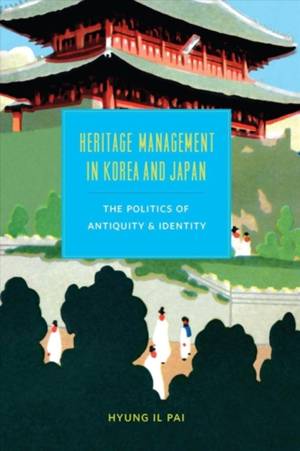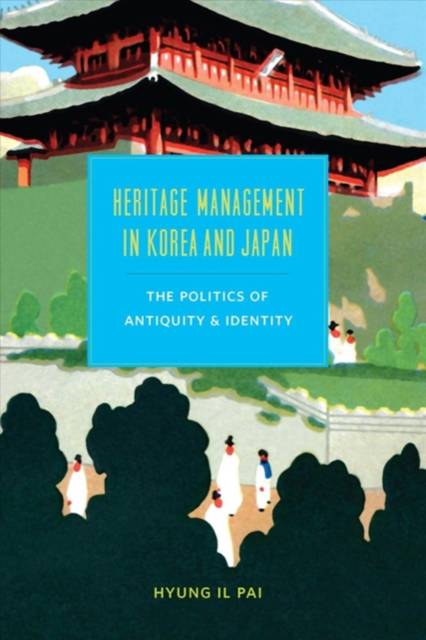
- Retrait gratuit dans votre magasin Club
- 7.000.000 titres dans notre catalogue
- Payer en toute sécurité
- Toujours un magasin près de chez vous
- Retrait gratuit dans votre magasin Club
- 7.000.0000 titres dans notre catalogue
- Payer en toute sécurité
- Toujours un magasin près de chez vous
Description
Imperial tombs, Buddhist architecture, palaces, and art treasures in Korea and Japan have attracted scholars, collectors, and conservators--and millions of tourists. As iconic markers of racial and cultural identity at home and abroad, they are embraced as tangible sources of immense national pride and popular "must-see" destinations.
This book provides the first sustained account to highlight how the forces of modernity, nationalism, colonialism, and globalization have contributed to the birth of museums, field disciplines, tourist industry, and heritage management policies. Its chapters trace the history of explorations, preservations, and reconstructions of archaeological monuments from an interregional East Asian comparative perspective in the past century.
Spécifications
Parties prenantes
- Auteur(s) :
- Editeur:
Contenu
- Nombre de pages :
- 298
- Langue:
- Anglais
- Collection :
Caractéristiques
- EAN:
- 9780295993041
- Date de parution :
- 01-01-14
- Format:
- Livre relié
- Format numérique:
- Genaaid
- Dimensions :
- 152 mm x 231 mm
- Poids :
- 544 g







